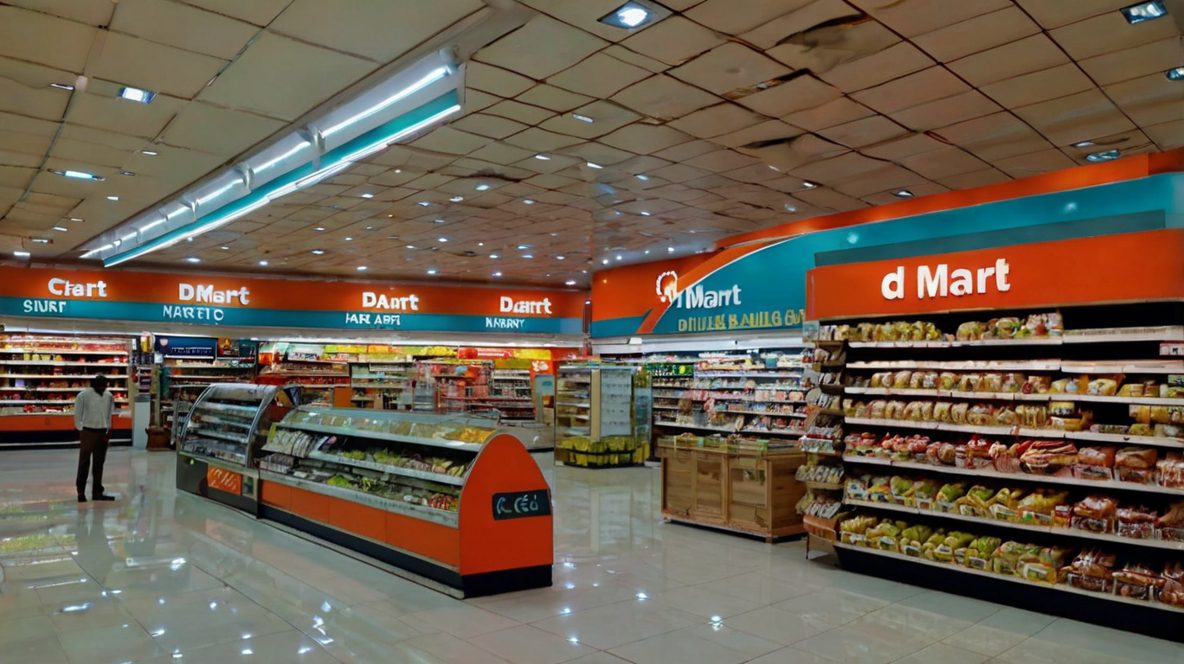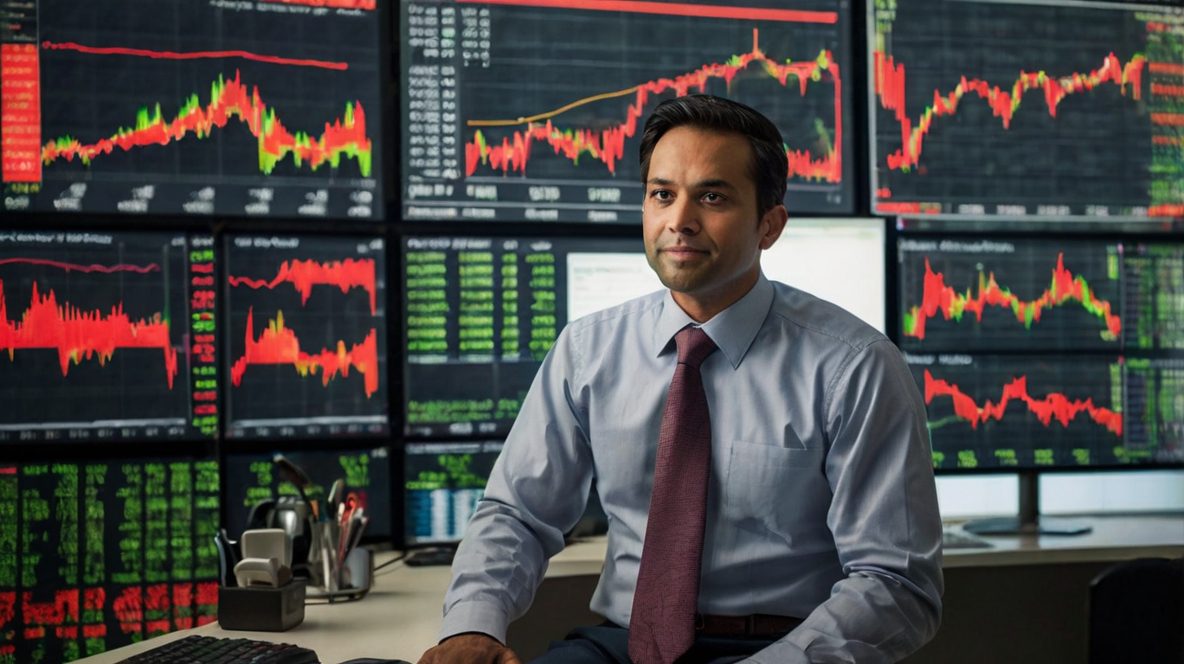DMart is Dead. Long Live DMart.
Every time somebody writes DMart off, it pushes back harder. Analysts have called it “too steady,” “too methodical,” and at times “too exposed” to faster players in quick commerce. But steady store rollouts, a beefing-up of private label products, and a fresh push into North India keep Avenue Supermarts Ltd. (DMart) moving forward. It’s still India’s most dependable retail compounder, even when valuations feel stretched and margins feel a little tight.
In a nutshell, DMart is still a little dull. But dull really works.
The Power of Boring
The entire model is razor-simple: groceries, staples, a little FMCG, and some apparel—all at the lowest possible price. DMart didn’t set out to change retail; it set out to do retail better. There are no flashy ads, no movie-star tie-ups, and zip in the way of a frantic shift to online. The brand opens plain stores and lets the everyday low-price message spread on its own.
The numbers tell the story. Sales jumped from ₹48,840 crore in FY23 to ₹59,358 crore in FY25, good for a 17% annual compound growth. Margins eased a bit, with EBITDA now at 7.9%, but capital returns are still at the head of the class: 17.8% return on capital and 13.4% return on equity. When competitors chase modest single-digit growth, DMart is still clocking a steady mid-teen advance.
Store Expansion: The Growth Engine
The secret sauce behind DMart’s success is still its brick-and-mortar stores. The chain closed FY25 with 415 locations, tacking on 50 new ones in just 12 months—a personal record. The company sticks with its plan to grow the footprint by 10–20% each year, thanks to strong clarity on real estate and a talent pool that can staff another 600 outlets.
Next up is North India. After solid ground in Maharashtra, Gujarat, and the South, DMart is now stepping hard into Uttar Pradesh, Punjab, and the NCR. Outgoing CEO Neville Noronha labeled North India the “white space” of Indian retail and devoted his final months to the push.
The math works. Set up a non-metro store for ₹300 crore in capital, including land, and the payback is five years. Cut the land cost, and you’re paid back in just 2.5 years. In a sector famous for skinny profit margins and cash burn, DMart’s model stands out as one of the world’s most efficient.
Private Labels: Building a Moat
While the footprint widens, private labels quietly create a buffer. The 20-20-20 plan aims for 20% market share, prices 20% below national brands, and delivers 20% higher margins. Results are already visible on the shelves in personal care and home care, steadily shifting customer habits.
For shoppers, private labels deliver dependable, wallet-friendly options. For DMart, they drive loyalty and shield the business from branded FMCG price hikes. Over the years, these in-house products could prove nearly as vital as the store network, building a protective moat that few competitors can match.
Quick Commerce Isn’t a Detractor
For a while, critics warned that Blinkit, Zepto, and Swiggy Instamart would dent DMart’s share. The evidence tells a different story. A recent price-check showed Blinkit priced 20% higher and Swiggy Instamart 19% higher than DMart.
The reason is straightforward: instant delivery comes with extra layers of picking, packing, and shipping costs. DMart runs on a no-frills model that skips all that. While instant players chase the convenience of small, last-minute trips, DMart keeps winning the bigger monthly and bulk baskets, where price beats speed.
Leadership Transition: Seamless Shift
Neville Noronha, the architect of DMart’s rise since 2004, is moving on. Anshul Asawa, also from Hindustan Unilever, takes the reins and stresses continuity: “The fundamentals are there. The culture is stable. We now pursue scale, talent, and speed.”
That approach hints at a smooth handover, with strategy unchanged—only broader, faster execution as the new priority.
Risks and Valuation Puzzle
DMart has a solid track record, yet it still faces clear headwinds. Every new store incurs immediate costs and the scramble to hire and train staff, which can pinch margins until the location matures. Rising prices on staple groceries could challenge the chain’s low-price promise. Meanwhile, FMCG brands are aggressively courting shoppers through their own online channels, adding fresh layers of competition.
Then there’s the issue of valuation. With the stock hovering above 100 times earnings, it’s undeniable that the price feels audacious. Shareholders are right to ask what slice of growth is already baked into that number. For the stock to hold these multiples, DMart will have to accelerate store openings, increase the share of its in-house brands, and keep squeezing every rupee out of the cost structure.
The Long Game
DMart has weathered doubt before, only to return even fitter. Since it listed in 2017, the share price has risen seven times. The North India expansion, a beefed-up private label range, and rock-solid store-level economics are the new seeds it is planting for the next growth chapter.
Sure, margins could dip. The PE might feel indulgent. Rivals might turn up the volume. Yet, when investors zoom out to the decades ahead, DMart still stands as the only true compounder in Indian retail.
It’s steady. It’s routine. But, on every measure that matters, it’s exceptional. Learn more insights on The Lucky Ledger.








